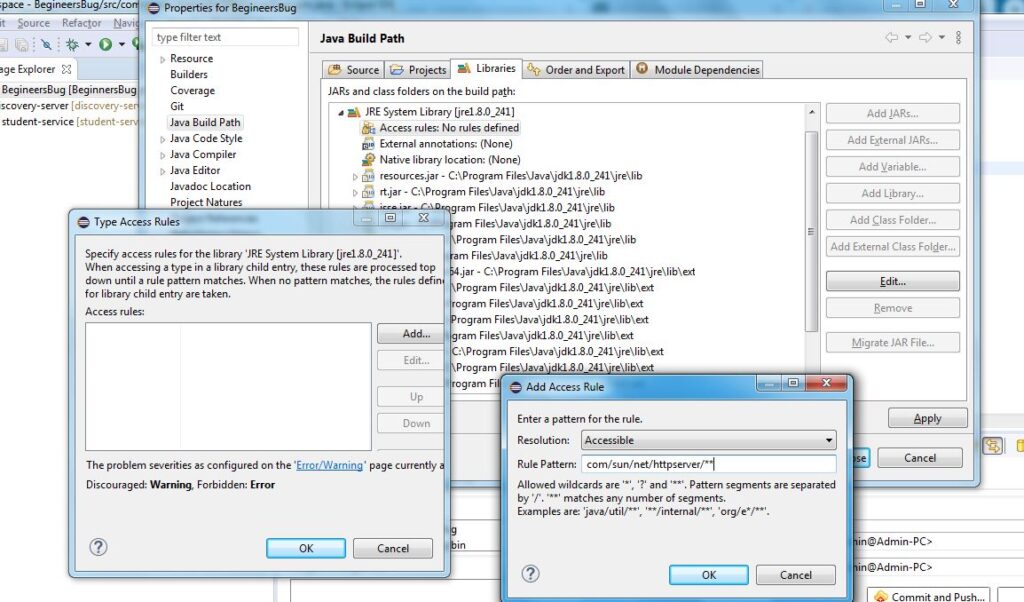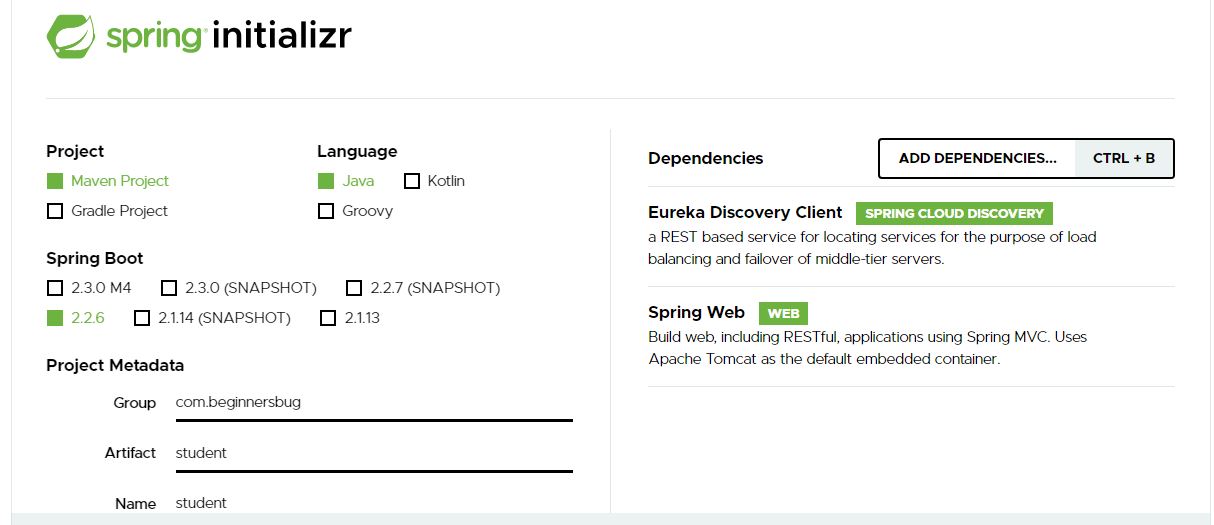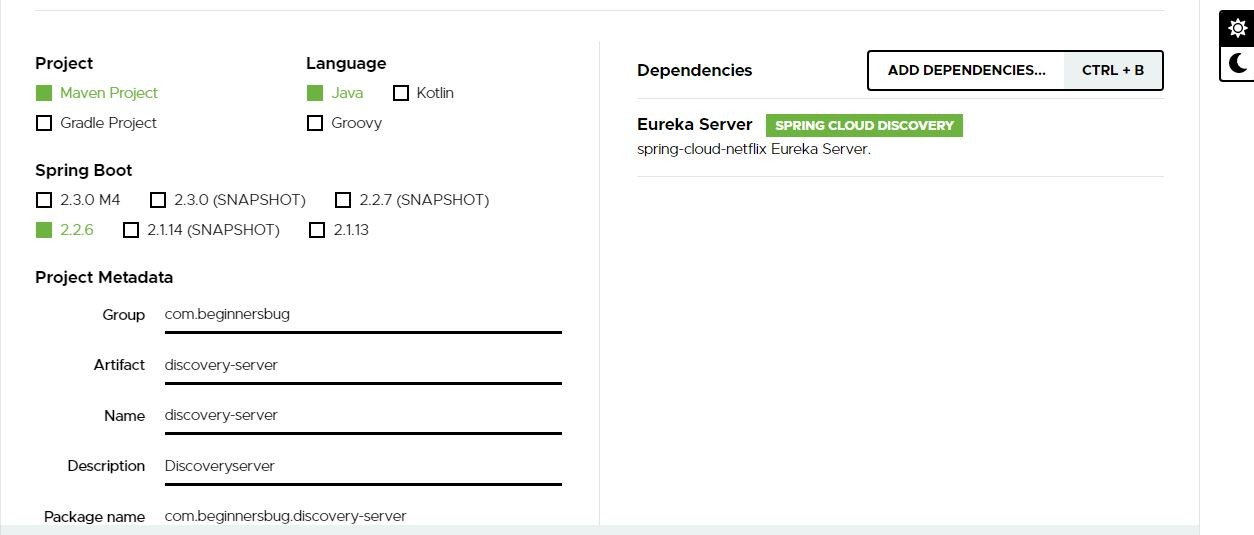In this post, we will learn about configure datasource programmatically in spring boot
In below example we are using mysql as database. We are reading database properties from application.properties using @ConfigurationProperties
Using DataSourceBuilder
@ConfigurationProperties(prefix = "datasource.custom")
@Bean
@Primary
public DataSource dataSource() {
return DataSourceBuilder.create().build();
}In the above snippet spring boot will create datasource with values from application.properties
datasource.custom.jdbcUrl=jdbc:mysql://localhost:3306/beginnersbug
datasource.custom.username=root
datasource.custom.password=password
datasource.custom.driverClassName=com.mysql.jdbc.Driver
spring.jpa.properties.hibernate.dialect = org.hibernate.dialect.MySQL5Dialectmake sure your prefix correct matching text. In this example I am using datasource.custom as prefix
CREATE TABLE students (
id int NOT NULL,
firstname varchar(255) NOT NULL,
lastname varchar(255) NOT NULL,
department int,
PRIMARY KEY (id)
);dependency
<dependency>
<groupId>org.springframework.boot</groupId>
<artifactId>spring-boot-starter-data-jpa</artifactId>
</dependency>
<dependency>
<groupId>mysql</groupId>
<artifactId>mysql-connector-java</artifactId>
<scope>runtime</scope>
</dependency>Configuration Class
Your configuration class should annotated with @configuration
import javax.sql.DataSource;
import org.springframework.boot.context.properties.ConfigurationProperties;
import org.springframework.boot.jdbc.DataSourceBuilder;
import org.springframework.context.annotation.Bean;
import org.springframework.context.annotation.Configuration;
import org.springframework.context.annotation.Primary;
@Configuration
public class DatasourceConfig {
@ConfigurationProperties(prefix = "datasource.custom")
@Bean
@Primary
public DataSource dataSource() {
return DataSourceBuilder.create().build();
}
}
In this program we are connecting to mysql database. Below is DaoInterface where I am using JpaRepository for CRUD operations
import org.springframework.data.jpa.repository.JpaRepository;
import org.springframework.stereotype.Repository;
import com.beginnersbug.studentservice.model.Student;
@Repository
public interface StudentDao extends JpaRepository<Student, Long> {
}From Controller class we are invoking DAO interface to retrieve strudents table data
import java.util.List;
import org.springframework.beans.factory.annotation.Autowired;
import org.springframework.web.bind.annotation.RequestMapping;
import org.springframework.web.bind.annotation.RequestMethod;
import org.springframework.web.bind.annotation.RestController;
import com.beginnersbug.datasource.StudentDao;
import com.beginnersbug.datasource.model.Student;
@RestController()
@RequestMapping("/api/student")
public class StudentController {
@Autowired
StudentDao studentsDao;
@RequestMapping(method = RequestMethod.GET)
public List<Student> getStudentsList() {
return studentsDao.findAll();
}
}Testing
Hit http://localhost:8080/api/student from Chrome brower, It will return all the values from the students table
Github
https://github.com/rkumar9090/datasource
Related Articles
connect MySQL database from spring boot







